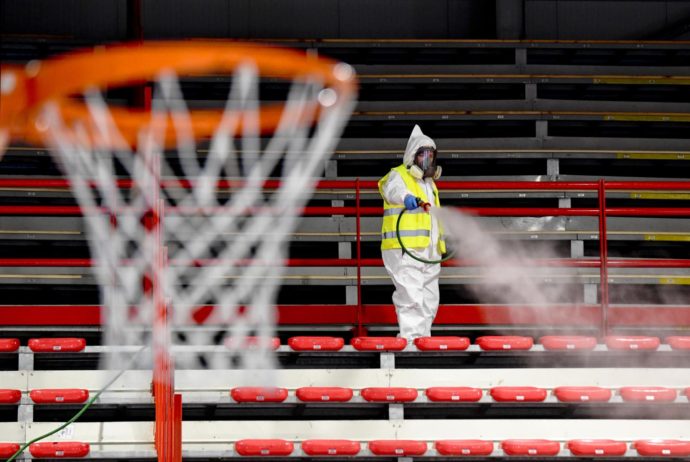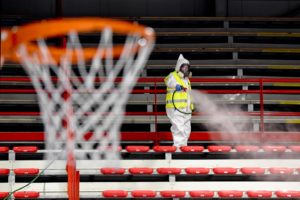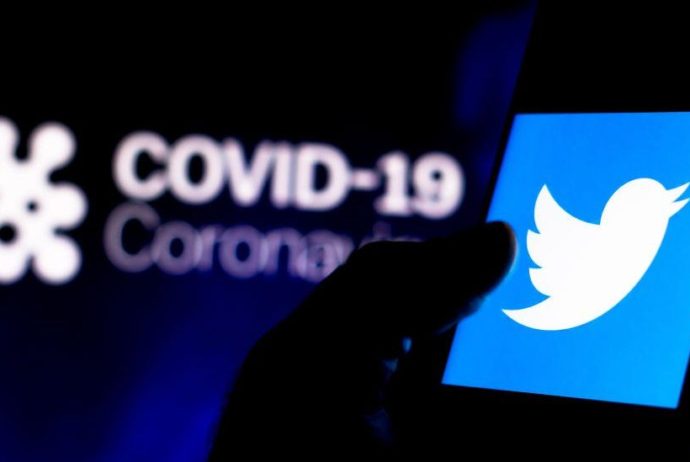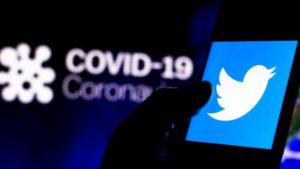By Kate Getz ’21
Entering the 2020-2021 school year, Wyoming Seminary will be introducing a new class dean for the Class of 2021: Dr. Elizabeth Penland. Affectionately known amongst students as Dr. P, she has been teaching Latin at Sem for the past two years. She is an effervescent polyglot, animal parent, secret-phone-game-fanatic, and plant lover, and Dr. P loves teaching Latin because she loves the language and the chance to unfold the interests and curiosities of the students who sign up for the course. Her Latin students should shed no tears at her new position, however, because she will still be teaching Latin at the honors and AP level; Mrs. Morgan Howard-Penland will be teaching Latin I and II.
What is something most people do not know about you?
“I speak about 13 languages, not fluently, but I have basic knowledge of the following languages: English, Spanish, German, Latin, Coptic, Syriac, Greek, Armenian, Middle Egyptian, Medieval German, Medieval Dutch, Arabic, and Italian.”
What are some of your favorite things about Sem?
“I really like the service attitude at Sem and the focus on both community service and service to others. I really love the little things about the dining hall that no one else may like, but I see it as an opportunity to see people and foster community. I have been welcomed really warmly at Sem, and even though I have only been here two years, I feel like I am a part of everything. I also just love getting to know my awesome students. And the motto is in Latin! How could you not love that?”
What was your favorite part about virtual learning? Least favorite?
“[My favorite part was that] because we were more digital, we got to use a lot of different tools that I had not used before, so I really enjoyed that. Just seeing people was fun at a point because it was nice to have social interaction of any kind. Every time we saw each other was special for me.”
“[My least favorite part was] probably just the overall lack of connection and how exhausting it was to be online all the time.”
In the scenario that we have to go back to online learning, what changes would you make to your teaching approach and class dean approach?
“Everyone has their own online teaching style. My upper level classes hit a good rhythm during the spring where people had time to engage with the material and the opportunity to process it. I would love to do more of that because it was useful to see how students were handling the material. I also may use more small group features to check in with technical questions. We are also getting rid of the textbook for Latin honors.”
“[As class dean] what I want the seniors to know is that my office is always open. I want to find times to see people to hear about things quickly. I’m here for the academic, the personal, the existential, everything. This has been true for my Latin students, and it is especially true for all of the seniors in the upcoming year. I want to make sure that people are being heard.”
What part of being a dean are you looking forward to the most?
“I am looking forward to helping students solve problems in any capacity I can while looking at both the big picture stuff and all of the small pieces of the Sem experience.”
Next year is going to be difficult and confusing as we continue dealing with the virus. What are some of your plans and goals in guiding the senior class through their last year at Sem?
“My biggest goal is connecting us. I really want to find ways to feel like we are in touch with each other. I want us to have group activities, maybe small group by choice activities or a rotating set of people, so they not only form class identity and cohesion but also connect with each other. I am very open to ideas about how we can do this. I want to make sure the senior class experiences togetherness and the ability to be the leaders at Sem. I also am very confident in my thought that seniors need both a cookie and nap at all times.”
What were some of your favorite quarantine activities?
“Reading mystery novels, watching anything on the Britbox channel and Disney Plus, particularly ‘Pick of the Litter’, cooking nostalgic foods that Mrs. P and I had not had in a while, and definitely ordering takeout once it was available because we were sick of cooking.”
Is cereal a soup or a salad? Please explain your answer.
“Cereal is clearly cake because everything is cake right now.”
Please provide as much information about your dogs and cats as possible.
“[We have] Lucie and Lola, who are Gemini and twins, one-year old Morkies (Maltese/Yorkie). They like playing, walks, and chicken bacon and do not like bedtimes, bath times, or being told not to bark. Pansy, Imogen, and Draco are Gemini rescue cats, [from the] same litter, 9 years old, and part Bengal. They like water, treats, and windowsills. [They] do not like dogs, vacuum cleaners, and road trips. Tiki, who is a new-to-us rescue chihuahua, was fostered by the Maxwells in Pittston where she met Lucie and Lola at a playgroup. [She is] 13 years old and sassier than anything. She likes walks, playtime, and snoozing on her blanket and does not like crates, nosy Morkies when she’s sleeping, or being kicked off the sofa.”
If you had to eat one food every day for the rest of your life, what would it be?
“Some form of chicken fried rice. Always.”



